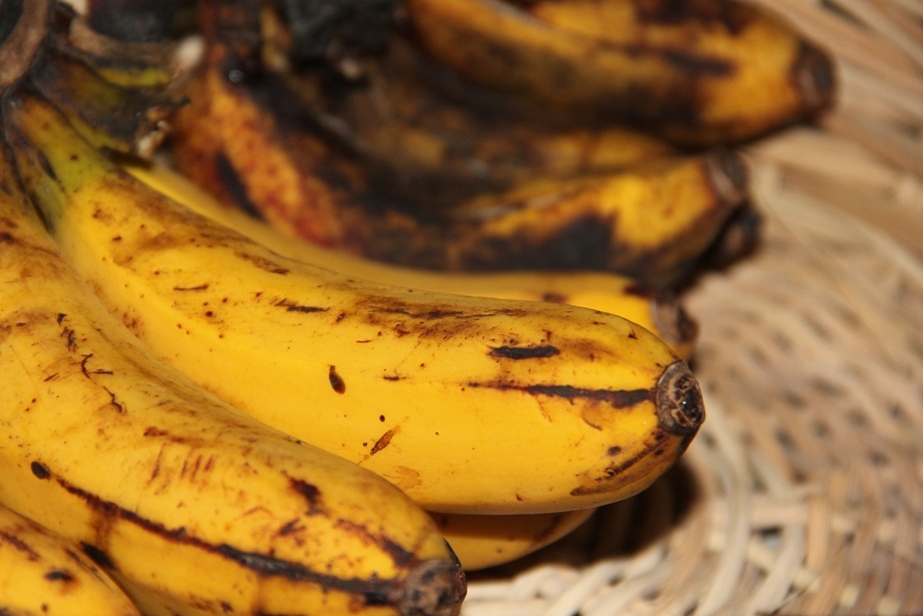Don’t Judge a Banana By its Cover
Do you have a preference on the variety of banana you eat for your runs?
Bananas have a soft place in every runner’s heart. Much as been said about this fruit and its benefits for runners. Bananas comes in different varieties. I recall during one of our science classes a long, long, long time ago. We were asked to bring different type of bananas. There’s the common yellow type, my favorite green, the odd red banana and more.

Here in Manila, I often preferred the cavendish bananas. They are sweet, big and spotless. They are easily available in most grocery store. However, it is getting expensive. I recall them being sold by the pack for about 40 Php. Now they are close to 60 Php. And they get spoiled fast. I have to consume them within 2-3 days.
Recently, I would buy bananas from those who sells them at the corner of our house in karitons. They are not as attractive as the cavendish bananas. Locally produced with lots of spots. Some of them have a little trace of yellow. It looks like an old bunch of rejects. But you can’t judge these bananas by their skin. They are just as delicious and nutritious.
They are sold by the kilo for 30 or 35 Php. The bigger ones which looks similar to the cavendish bananas are at 40 Php per kilo. Still a good deal.
Choosing the good ones can be tricky. You can easily tell if a cavendish banana is ripe or not by the color of the skin. For the local ones, it takes some skill to know which one is just ripe.
What I don’t know is if these bananas have the same nutritional content. I know that they are all good sources of potassium, fiber and vitamin C. But does one variety contain more good nutrition than the other? I wonder.
Here’s a little trivia. Is a banana a fruit or a herb? According to Oxford Dictionaries, its both a fruit and a herb.
By their pinoy market name, we have the latundan (smallest), lacatan & cavendish (big).
Among most fruits, bananas pack a great source of simple carbs.
Small round spots are also indications that the banana (or any fruit) was grown with less pesticides.
When ripe & not yet needed, keep them in the fridge to preserve. The skin will darken but the freshness is extended.
“Small round spots are also indications that the banana (or any fruit) was grown with less pesticides.” – That’s great to know. Thanks Vic.
yup very true.
I worked in a chemical company that provided pesticides for our banana growers. The smoother and blemish free ones are for export thats why the clarity of the skin is paramount. But wait till you get to know how much pesticide was used on them and you would shun the nice looking bananas for the spotty latundan.
If I am really hungry and I have a really pristine, blemish free and washed banana… I’d eat the peel too
Salamat sa tips sa saging hehehe…
madalas ko kainin yung saba na saging inilalaga ko sya